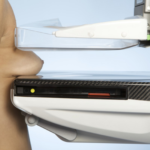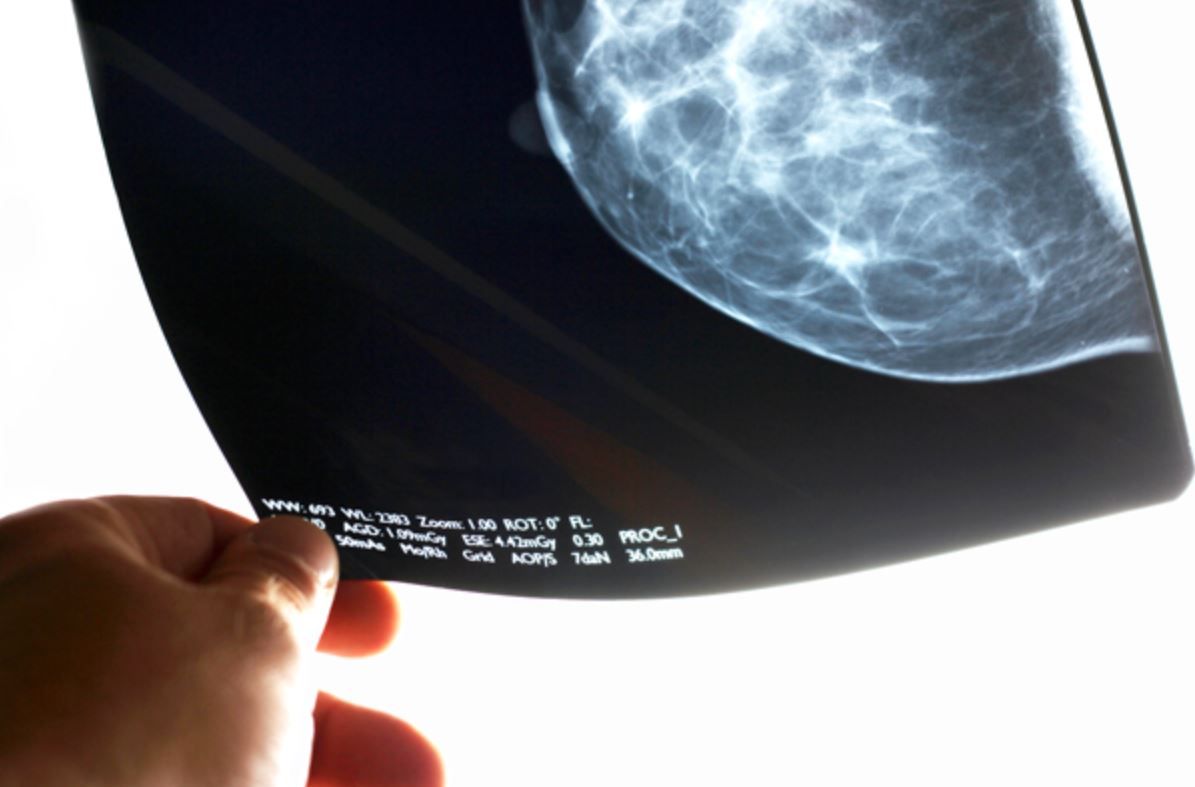Image Identification & Breast Compression Continuing Education Course
Credits
Cost
Reviews
Why RadComm
Credits
 This self-directed course is worth 1.0 Category A continuing education credits. RadComm Courses are Approved by the AHRA and Recognized by the ARRT.
This self-directed course is worth 1.0 Category A continuing education credits. RadComm Courses are Approved by the AHRA and Recognized by the ARRT.
Cost
 The Course Costs $10.00 USD for a full year of access. All RadComm courses are backed by a full money-back guarantee.
The Course Costs $10.00 USD for a full year of access. All RadComm courses are backed by a full money-back guarantee.
Reviews
[woocommerce_reviews_avgstars]
[woocommerce_reviews_avgtext]
[woocommerce_reviews_number]
Why RadComm
RadComm courses are designed for busy techs just like you. Each self guided course is:
- Approved: by an MQSA RCEEM recognized by the ARRT & all 50 states.
- On-Demand: Immediate access after enrollment; Study at your own pace.
- Informative: Designed by leading breast educators to improve your patient care & breast health knowledge.


 This breast imaging course covers a wide range of applicable topics. An overview of patient information about mammography from organizations like the American Cancer Society, Office on Women’s Health, CDC, and NIH is provided to get an idea of patient preconceptions about the procedure.
This breast imaging course covers a wide range of applicable topics. An overview of patient information about mammography from organizations like the American Cancer Society, Office on Women’s Health, CDC, and NIH is provided to get an idea of patient preconceptions about the procedure.

